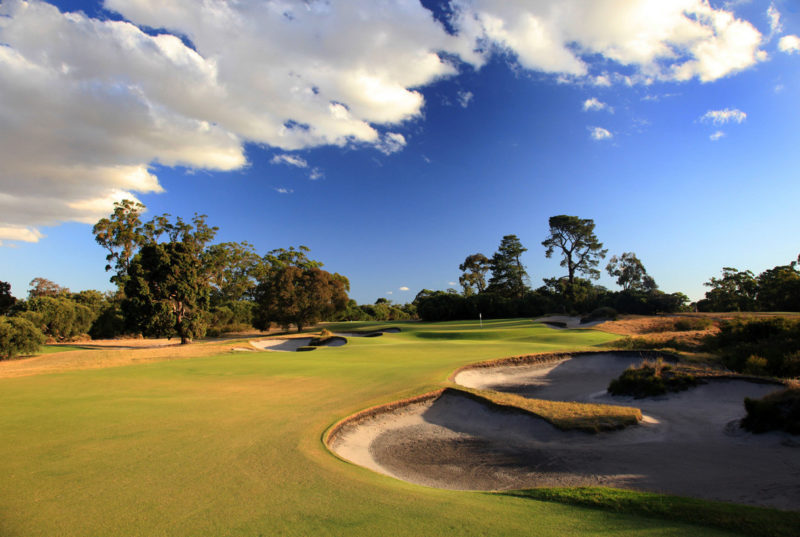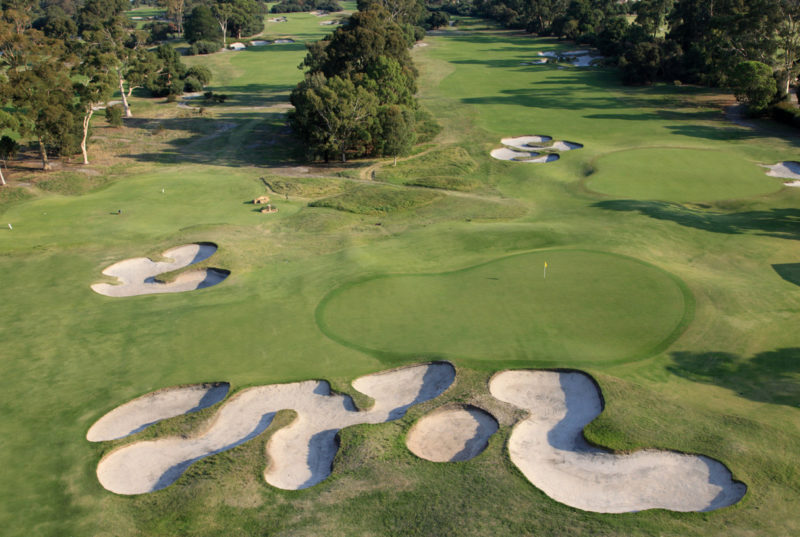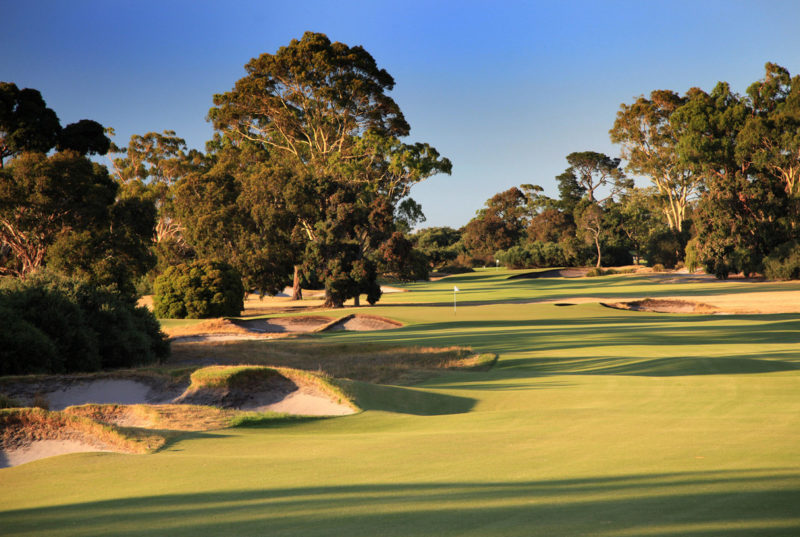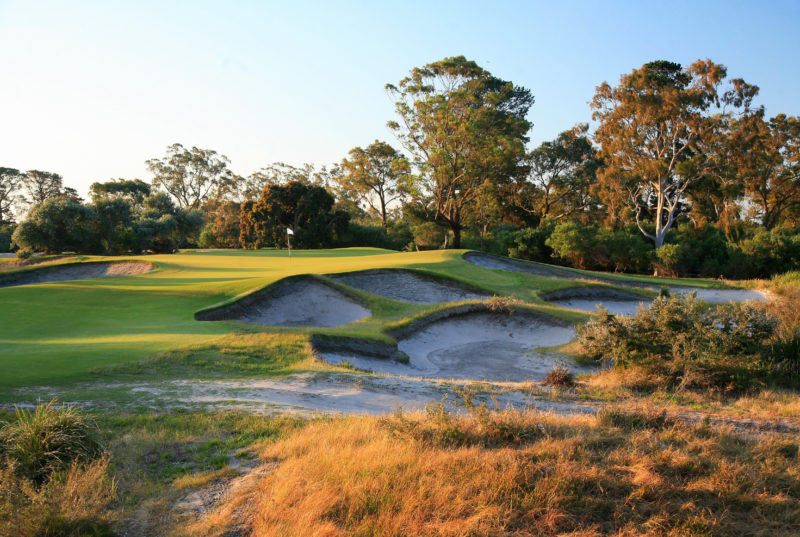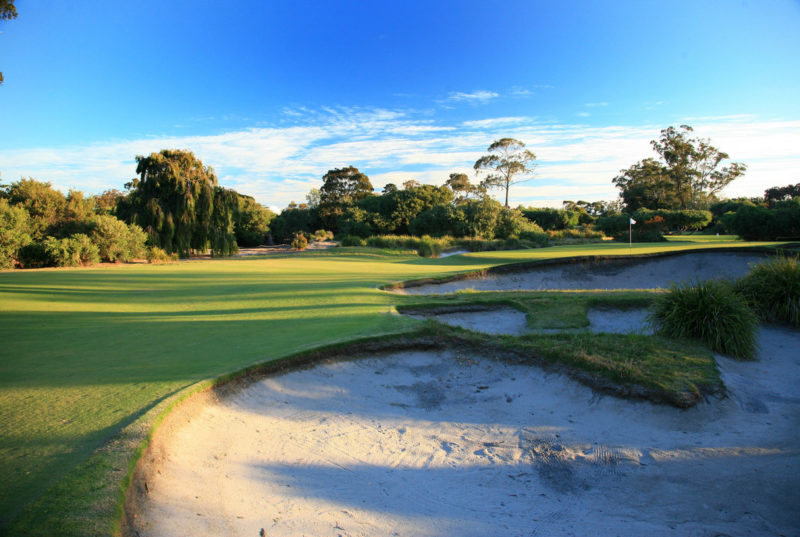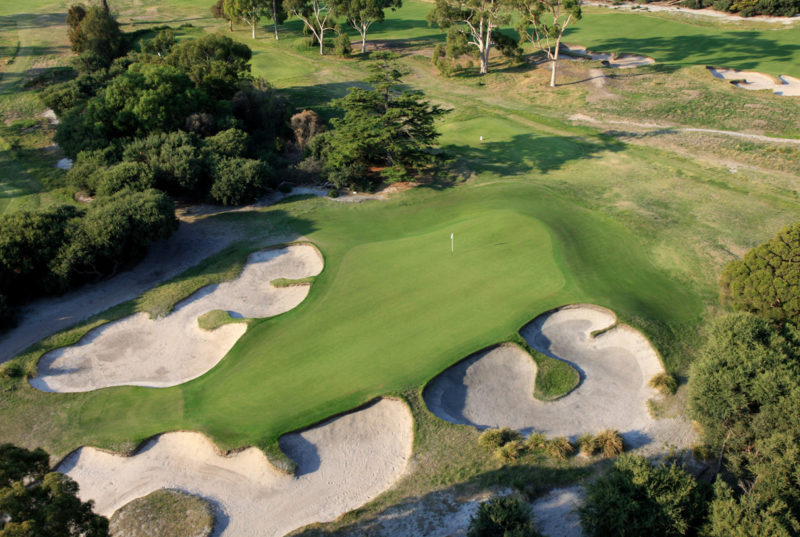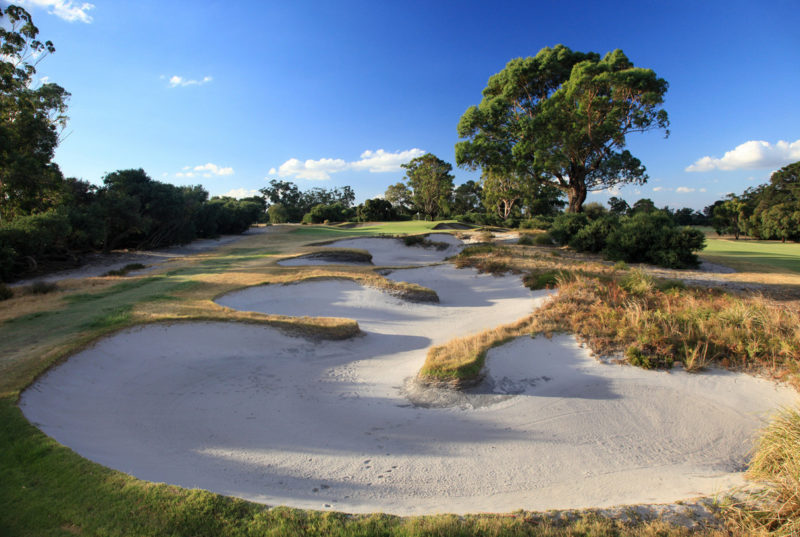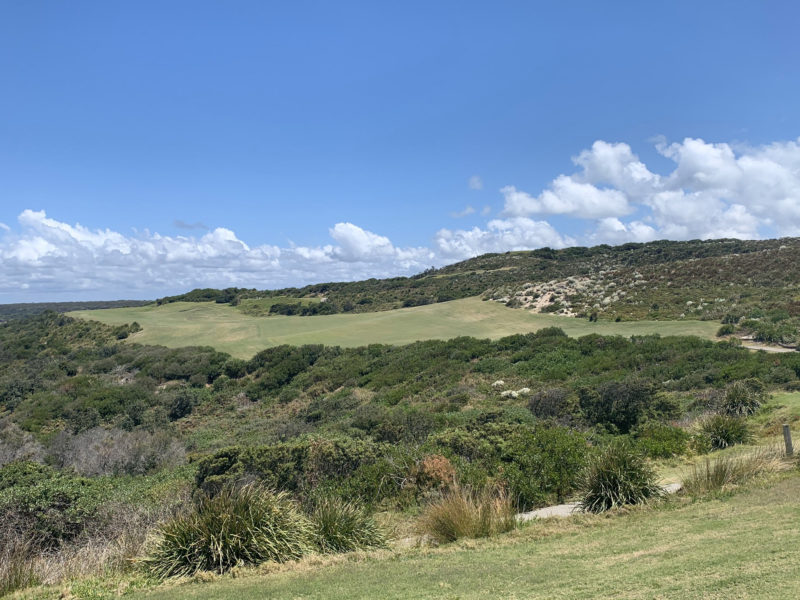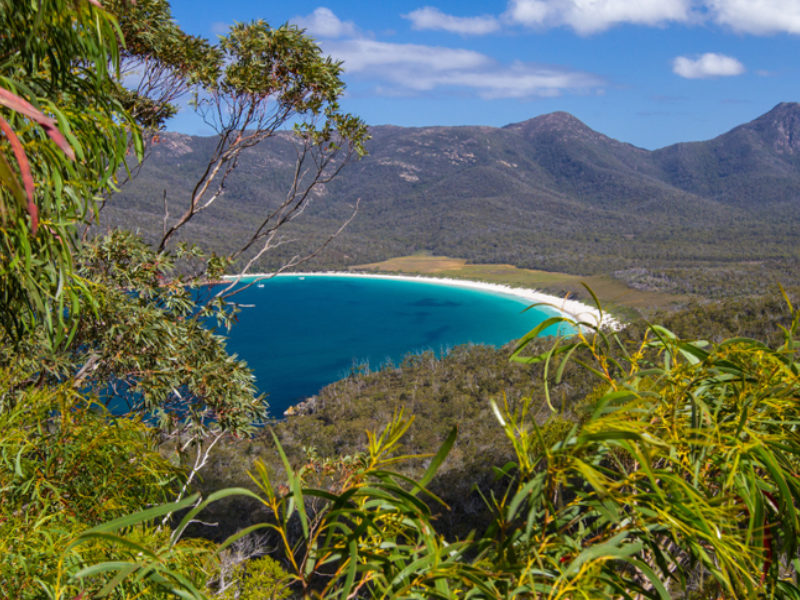Although considered an Alister MacKenzie designed course (he provided input on the bunkering), Kingston Heath was actually designed by an Australian pro golfer named Dan Soutar in the early 1920s.
Its design, unlike many courses designed by professional golfers in the early 1900s, is not one that penalizes but rather one which rewards. This is not a long course. Perhaps similar to Merion in Pennsylvania, the routing can feel tight for those used to playing more modern setups. However, like many great courses Kingston Heath does not rely on heavily-shaped ground from construction equipment to create artificial flair but rather its genius bunkering.
Today Kingston remains one of the jewels in the Melbourne Sandbelt and continues its reputation for superb conditioning all year round. It's simply one of the best in the world- which is incredible considering the land it sits on is somewhat flat!
Play at Kingston Heath is a challenge and demands attention while playing shots. The course is restricted to an area roughly half of that in which a modern era course would be built and relies on its bunkering and camouflage techniques through dips and hollows to combat players. While not long, errant shots into the rough are not recommended.
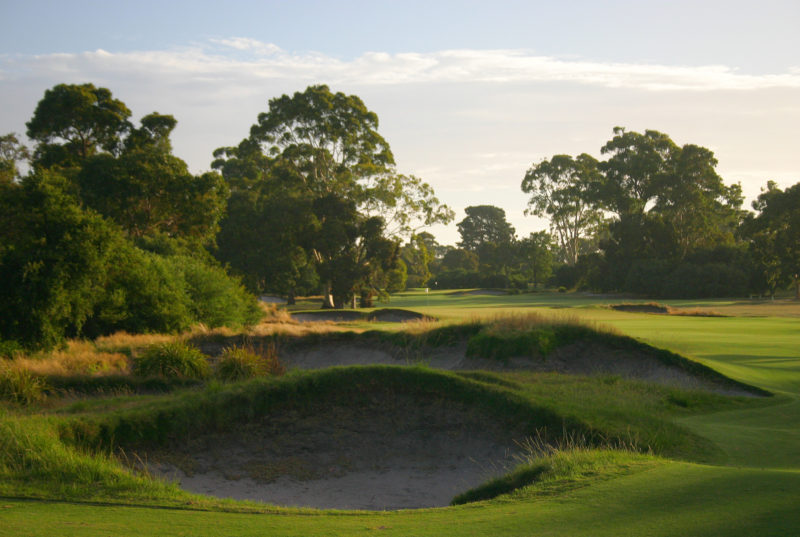
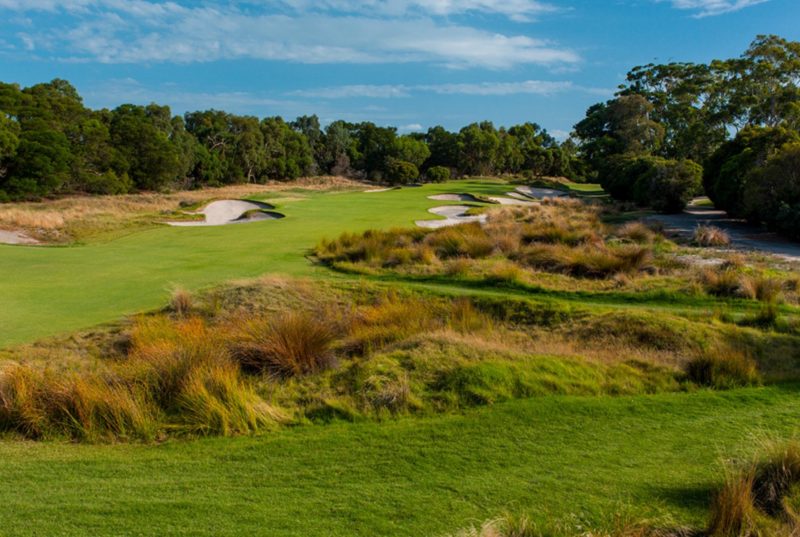
6946 yards, Par 72. Designed by Dan Soutar with influence by MacKenize, the strategic bunkering and contoured green complexes are as signature as the native vegetation which form the the course boundaries.
- 2018: #18 in the World (Golf Digest)
- 2018: #2 in Australia (Golf Digest)
- 2014: #18 in the World (Golf Digest)
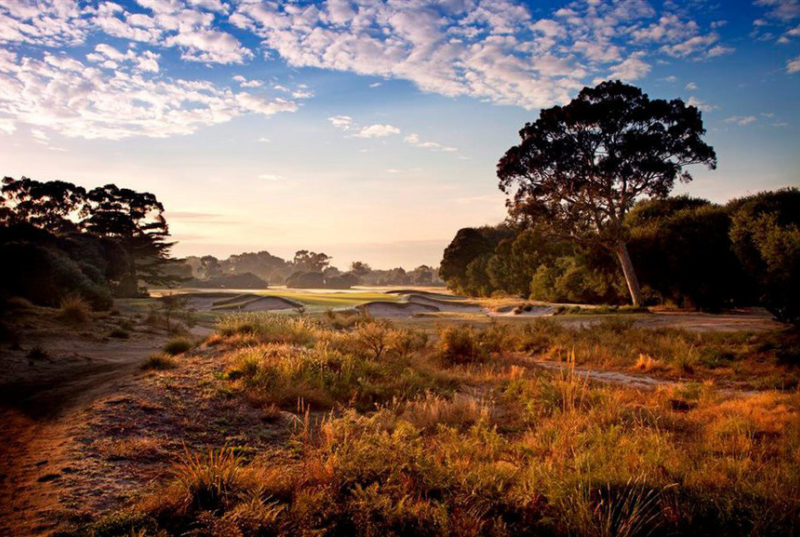
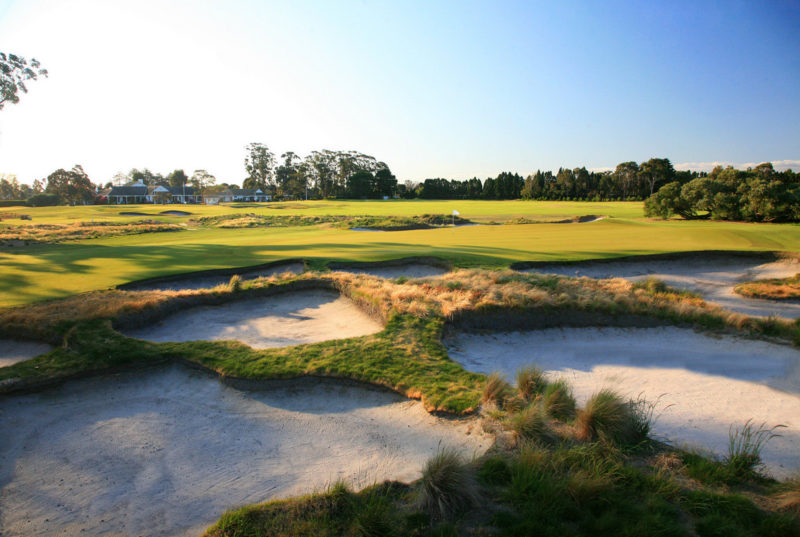
Signature Holes
The three par 3 holes are a feature of Kingston Heath and show off one fantastic feature of this great golf course – the classic, natural bunkering.
14th: (Par-5) This hole is long, and dependent upon the wind direction, it can tempt players into reaching the green for 2.
15th (Par-3, 155 yards): An amazing hole, originally the 15th was a short par 4 up and over the hill and down to a green by the 16th tee. Alister MacKenzie in 1926 described the 260 yarder as a ‘blot on the course’ and set about making a new hole. He was determined to bring the green forward to the top of the dune and make a short but demanding par 3. MacKenzie surrounded the beautifully contoured green with formidable bunkers and — for one so sympathetic to poorer players — demanded real competence to play out of the sand bunkers of the 15th. When the wind is blowing northerly, the tee shot is difficult.
16th: Known in golfing circles as the hole where Greg Norman took a 9 on his way to losing the 1987 Victorian Open.
17th: At a critical stage in any round players are faced with a blind approach to the green. Caddies earn their keep for the closing holes on this course alone!

